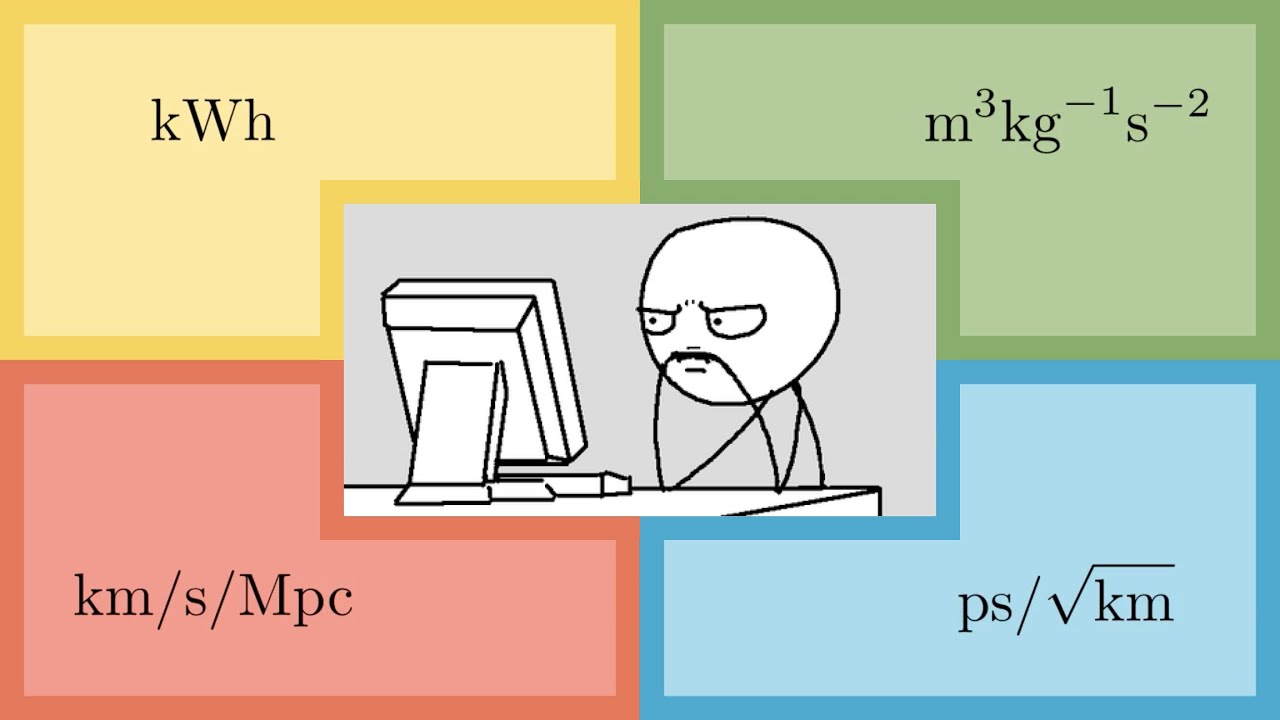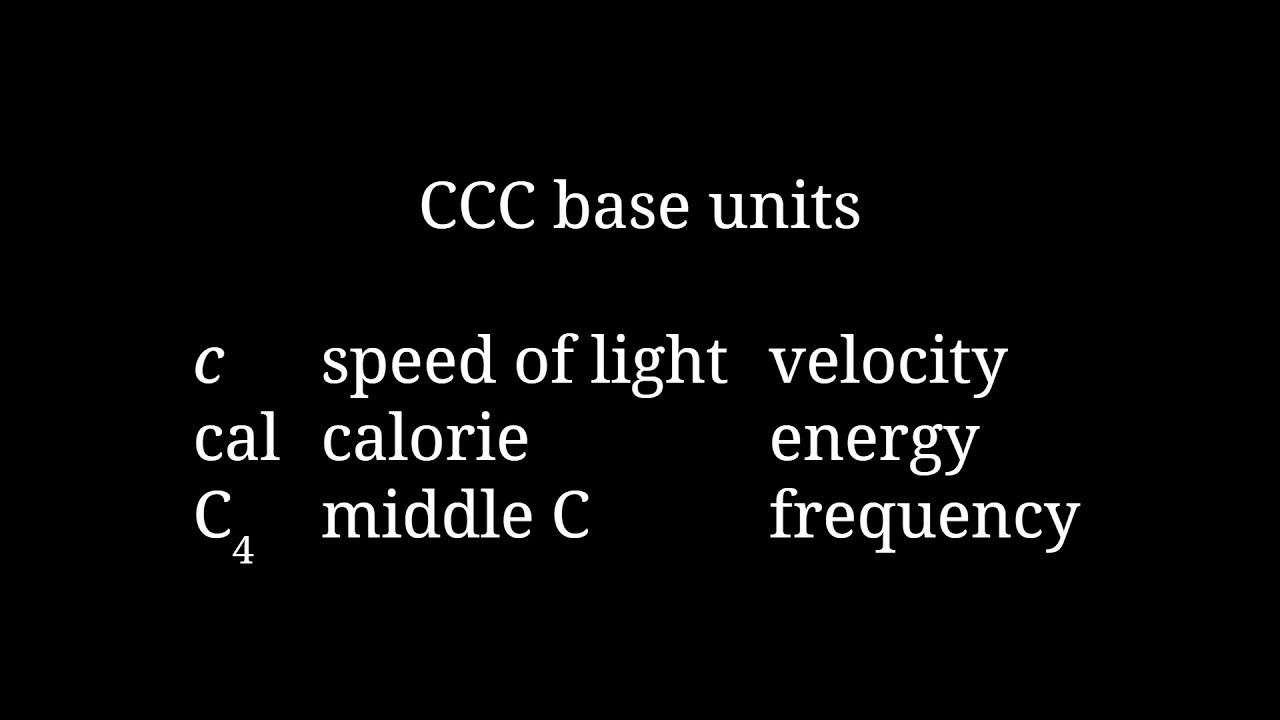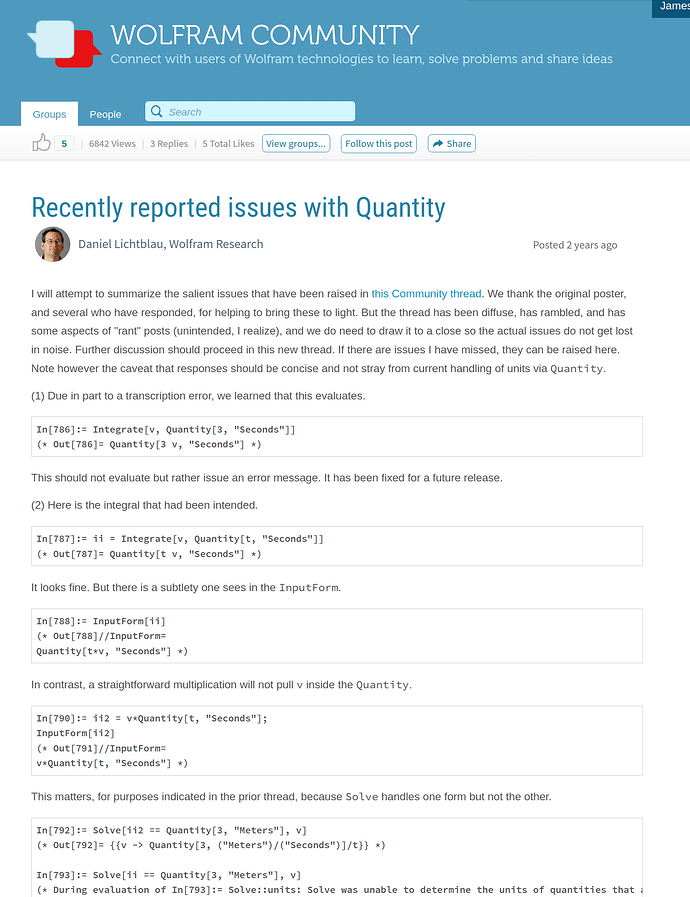Not only must scientists and engineers contend with a plethora of legacy units used to measure various quantities (for example, “pint”, a unit of volume whose definition depends upon whether you are measuring a liquid or something dry and where and when you happen to be living). There are at least ten definitions of “pint”, varying from 250 (Flanders) to 1696 (old Scotland) millilitres), but some units in present-day use just make you say “What?” when you think about them.
Consider the way the Americans measure vehicle fuel economy: “miles per gallon”, where they’re trying to convey how many of their “miles” (as opposed to nautical miles, or Roman miles, or Italian miles, or Chinese miles, inter alia) a vehicle can travel on a gallon (U.S., not imperial) of gasoline (whatever that may be). But let’s write out that unit, then convert the components to SI units.
But metre is a unit of length, and litre is a unit of volume, which has dimension of length cubed, with:
So we can simplify:
This lets us cancel units and divide the numbers, yielding:
This is the “*What?” moment. They’re measuring fuel economy in units of reciprocal area? What the heck does that mean?
Well, actually, if you think about it, it does have a kind of perverse meaning. Let’s rescale from metres to milimetres to make the number on the right more tractable, yielding 0.42514371/{\rm mm}^2=0.42514371\ {\rm mm}^{-2}. If we take the reciprocal of the unit, we get:
This area, around 2.35 square millimetres, is the area of a tube of gasoline which the vehicle would have to consume as it drove along to replace the fuel it burned at the rate of one gallon per mile.
This is a particularly simple case of which you can, with a little mind-bending, make sense. But what about the unit astronomers and cosmologists use to express the expansion rate of the universe?
When you cancel out the units, this has dimensions of:
or frequency.
What?



